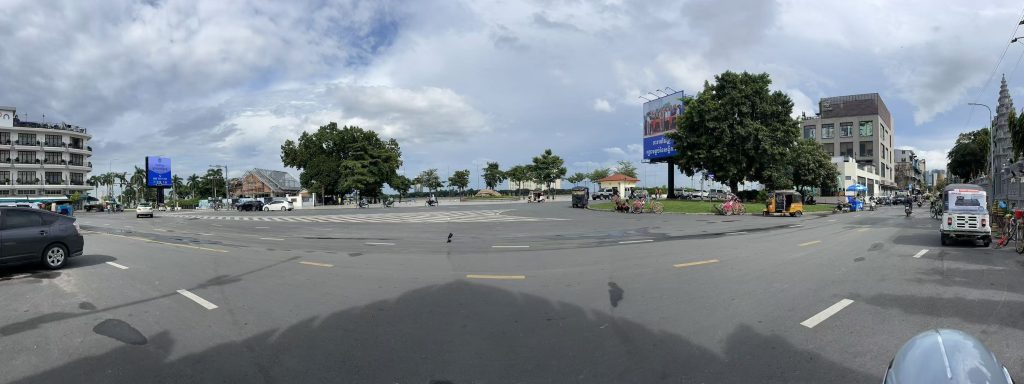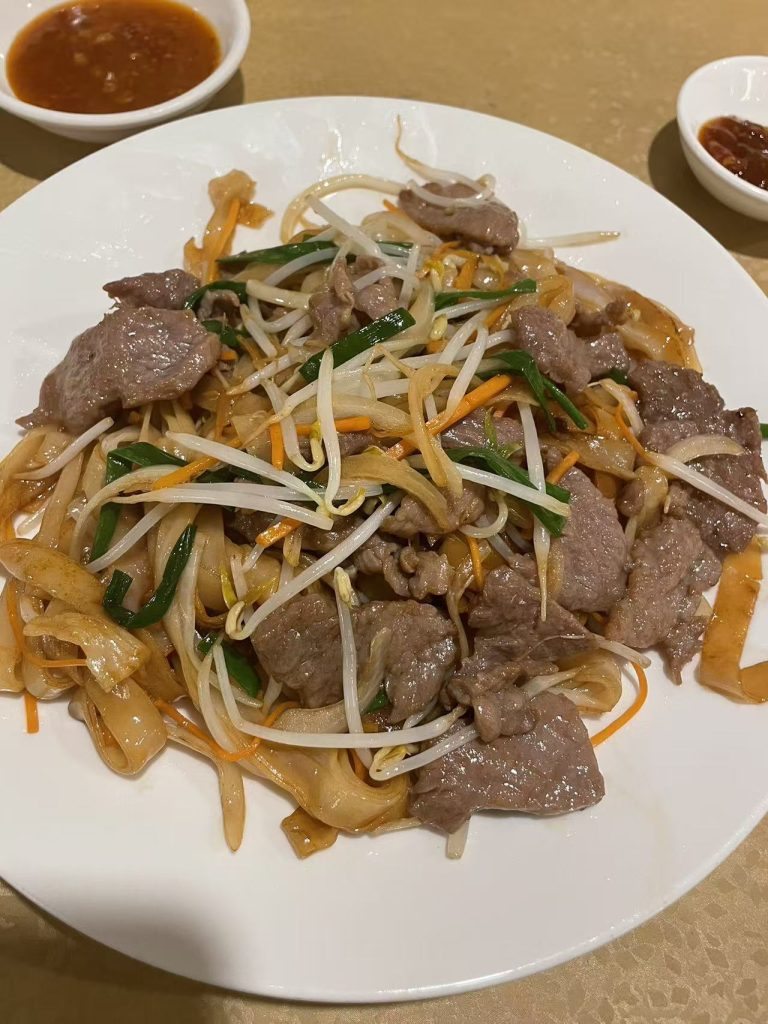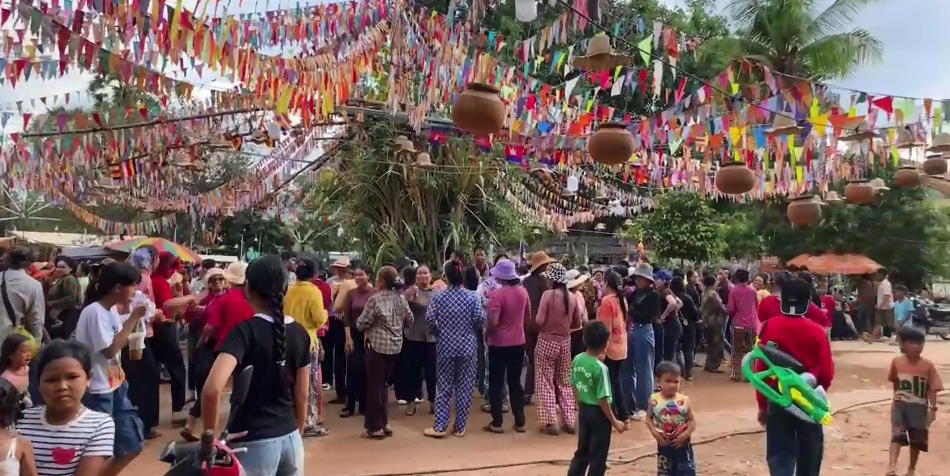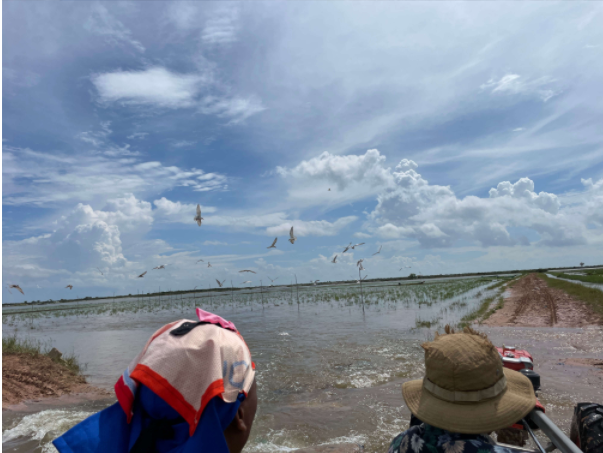The Unexpected Visit
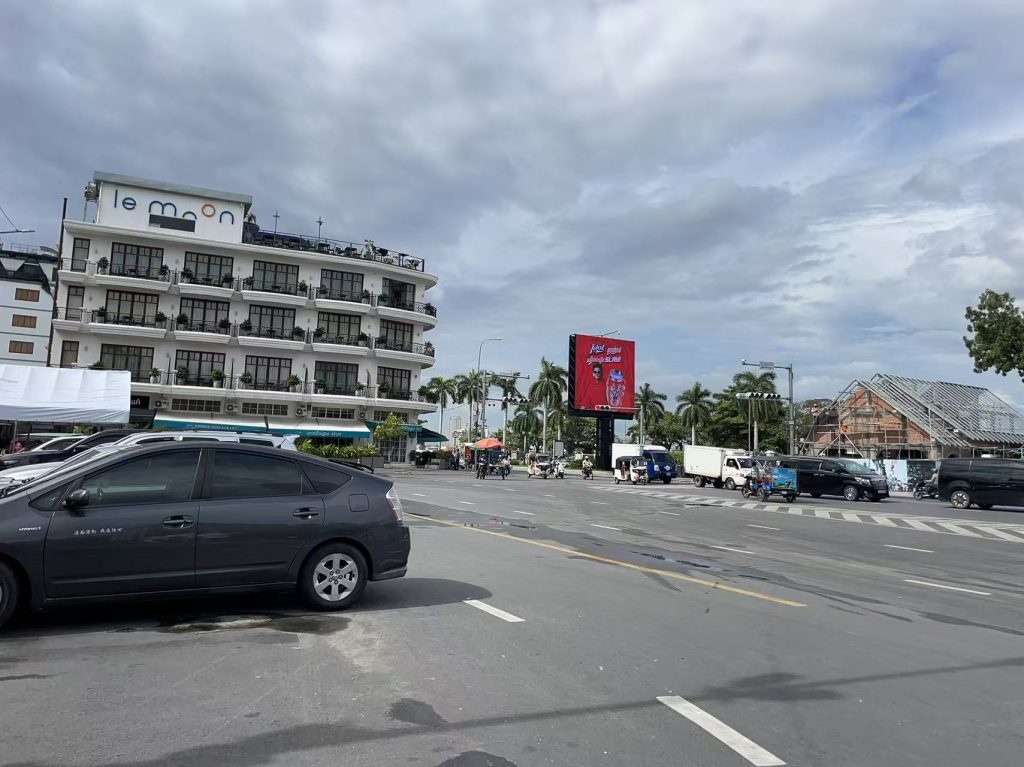
By coincidence, I arranged to meet a local friend near the Royal Palace. What began as a casual riverside walk soon turned into a visit to Wat Ounalom, one of Phnom Penh’s oldest and most revered Buddhist temples. The rain had just stopped, and the narrow alleys leading to the temple were calm and nearly empty. As we climbed the steep stairs to the second floor of the main Buddha hall, I felt an immediate sense of tranquility amid the city’s noise.

Despite the high value of land near the Mekong River, the temple has stood here for centuries, preserving its sacred atmosphere while the capital continues to modernize. Just a short walk away lies the busy Night Market, but inside the monastery, time seems to move more slowly. The air was thick with the scent of incense and the soft murmur of chanting—contrasting sharply with the world outside.
Inside the Temple: Prayers and Offerings

Upon entering the main hall, only one monk and a caretaker were present. The temple’s facilities—a small kitchen, dormitory, and storage rooms—were neatly arranged around the central hall. Following local custom, we lit incense and offered prayers before meeting the abbot for blessings and divination.
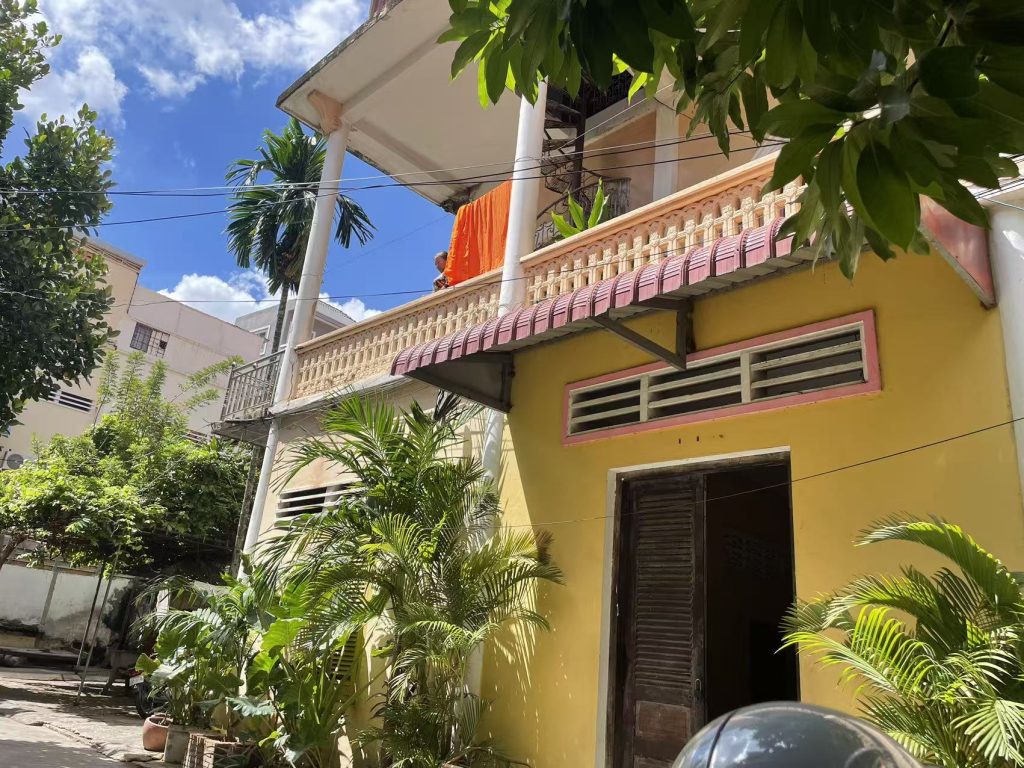
We made a symbolic offering of 22 US dollars, along with bottled water and snacks. In Cambodia, visitors traditionally bring both cash and small goods as donations. These gifts support the monks’ daily needs and the upkeep of temple structures.
In rural areas, it’s not uncommon to see elderly monks riding three-wheeled motorcycles with loudspeakers, chanting prayers and collecting small donations. Locals typically offer between 5,000 to 10,000 KHR (around $1.25–2.50) as an act of merit-making—a central concept in Buddhist life, representing the accumulation of good karma through generosity and respect.
Ritual Bathing and Divination
During our visit, my companion sought guidance from the abbot. When the conversation turned to my age and birth year, he began a divination reading, offering gentle insights into the coming months. His words were calm but meaningful, reminding us to stay mindful of balance and gratitude.
Afterward, we were invited to the rear area of the temple for a traditional chanting and ritual bathing ceremony—a symbolic purification practice believed to wash away misfortune and negativity. Though I had visited Wat Ounalom before, this was my first time experiencing the full ritual. The rhythmic chants, the sound of water, and the serene expression of the monk created an atmosphere of deep reflection.
The experience was humbling and emotionally cleansing. It reminded me that even familiar places can reveal new layers of meaning when approached with openness. What locals consider ordinary can feel profoundly transformative to visitors seeking spiritual understanding.
Cultural Significance of Wat Ounalom
Within the temple grounds, several stupas contain the ashes of departed family members. Monks conduct regular chanting ceremonies to honor the deceased, reinforcing the temple’s dual role as both a spiritual sanctuary and a community hub.
Wat Ounalom embodies the essence of Cambodian Buddhism, where faith, family, and everyday life are intertwined. Each visit becomes a journey of learning—not just about religion, but about empathy, gratitude, and impermanence.
The temple also serves as a living archive of Khmer heritage, preserving ancient scripts and cultural traditions. Visitors can witness how Cambodia’s spiritual life remains resilient, even as skyscrapers rise around the Mekong River.
Conclusion: A Deeper Appreciation of Cambodian Spiritual Life
My visit to Wat Ounalom Monastery became more than a simple sightseeing stop—it was a quiet moment of connection. In a rapidly changing Phnom Penh, temples like Wat Ounalom stand as reminders that spirituality is not separate from daily life.
They offer peace amid the noise, reflection amid chaos, and continuity amid change. For travelers and locals alike, Wat Ounalom is not just a temple—it’s a window into the enduring soul of Cambodian spirituality.
